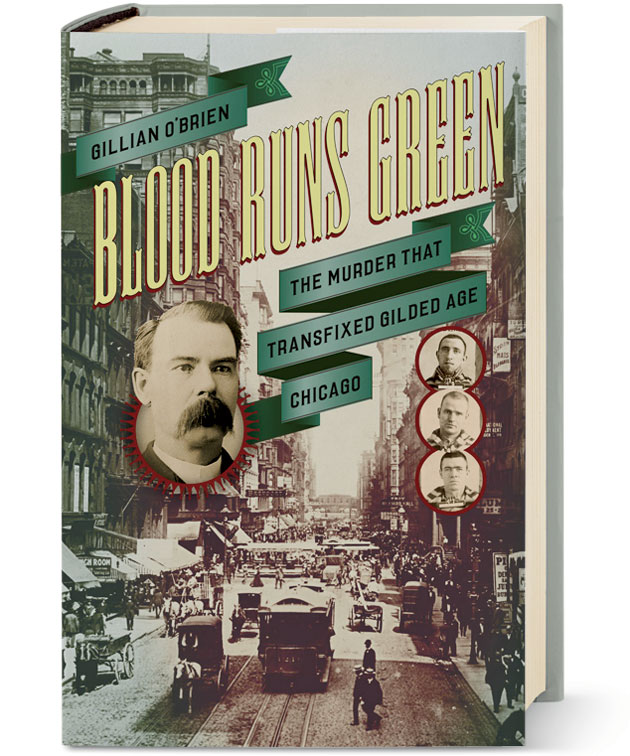Mostly forgotten today, the murder of Patrick Henry Cronin was one of the most notorious crimes in 19th-century Chicago. A doctor known for singing “God Save Ireland” in his rich tenor at many gatherings of the city’s Irish, Cronin was beloved. But he was also privately feuding with members of Clan na Gael, a secret society agitating—occasionally with dynamite blasts—for Irish independence from Britain. Cronin vanished on May 4, 1889, and 18 days later his bruised and decomposing corpse was pulled from a sewer. He had been bludgeoned to death.
As Gillian O’Brien, a historian based in Liverpool, explains in her insightful new book, Blood Runs Green: The Murder That Transfixed Gilded Age Chicago (University of Chicago Press, $25, out March 15), the prosecution of Clan members for Cronin’s murder became a flash point within the city’s Irish community and had ramifications that were felt across the Atlantic. O’Brien’s well-researched narrative of the investigation and trial would benefit from a stronger sense of immediacy and urgency, but she deftly puts the complicated case in context, showing just how intertwined the histories of Chicago and Ireland are.



